Count Magnus is Mark Gatiss’ best A Ghost Story for Christmas adaption of M.R. James yet, writes RICHARD MARKWORTH
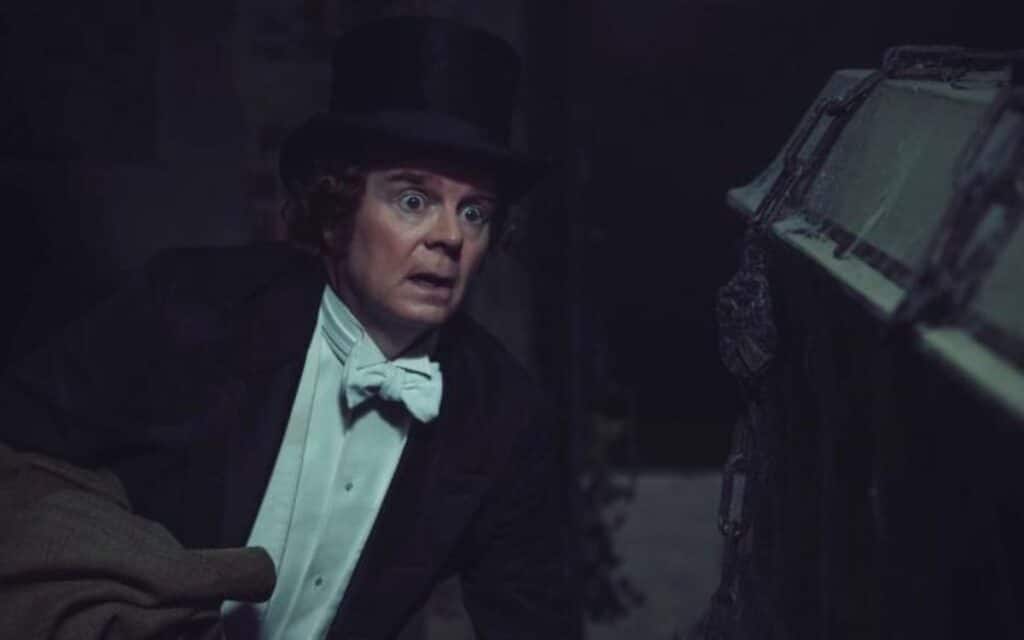
TITLE: Count Magnus
FIRST BROADCAST: 23 December 2022 at 10pm on BBC2
DIRECTOR: Mark Gatiss
CAST: Jason Watkins, MyAnna Buring, Krister Henriksson, Max Bremer, Allan Corduner, Jamal Ajala
Count Magnus BBC A Ghost Story for Christmas Review
Following his successful 2021 production of M.R. James’ The Mezzotint, Mark Gatiss returns with another James adaptation for the A Ghost Story for Christmas series. This time he tackles the author’s short story Count Magnus.
Lawrence Gordon Clark, the creative force behind the original 1970s strand, had intended to adapt Magnus during his run but was denied thanks to the BBC’s refusal to provide the required budget. To many fans of the series, this episode will therefore feel long overdue.
The story opens in Sweden during the Autumn of 1863. A narrator (Krister Henriksen) introduces us to English scholar, Mr Wraxhall (Jason Watkins), currently engaged in researching the family history of the widowed Froken de la Gardie (MyAnna Buring). The noblewoman seems pleased to have Wraxhall as a guest stating her mansion has been “so very silent” since her husband’s passing.
One evening, as the widow is bidding him farewell, Wraxhall’s attention is caught by the imposing portrait of one of her ancestors. She informs Wraxhall the painting represents Count Magnus, the first de la Gardie, and describes him as “an extraordinary man”.
Intrigued, Wraxhall questions the local innkeeper, Nielson (Max Bremer), regarding Magnus. Nielson reticently reveals the Count was a cruel figure notorious for flogging or branding anyone late in paying their rent. He was also infamous for torching buildings that encroached on the boundaries of his land with their owners still inside. Unsurprisingly, Magnus “is not kindly remembered” in the area.
Nielson further fuels Wraxhall’s interest by mentioning the Count’s mysterious “Black Pilgrimage”. When pressed, he explains Magnus is said to have returned from an excursion abroad with something. Or someone.
Strolling to the mansion that morning, Wraxhall is drawn to an ancient mausoleum on the grounds. Peering through the iron gate he spies a chained and padlocked sarcophagus, festooned with cobwebs, laying within the shadowy interior. As he resumes his journey Wraxhall glances back to see an indistinct dark figure exiting the crypt. Unperturbed, he continues to the mansion where he learns the mausoleum houses Count Magnus himself.
During his research Wraxhall discovers various documents relating to Magnus in the mansion’s library. These include papers pertaining to the practice of alchemy and the Book of the Black Pilgrimage scribed in the Count’s hand. From the latter Wraxhall gleans Magnus journeyed to the ancient, cursed city of Chorazin in the Holy Land, seeking to extend his existence by distinctly unholy means. Simply put, the Count sought to strike a bargain with the Devil.
Curiosity now fully inflamed, Wraxhall obtains permission to inspect the tomb, with Froken de la Gardie agreeing to contact the keyholder, the local deacon, to arrange access.
That evening Wraxhall again interrogates Nielson who relays a tale concerning two men who foolishly chose to enter the deceased Count’s woodland. Shortly after their departure a terrible scream, followed by unnatural laughter, was heard emanating from the woods. A search party subsequently discovered one of the men in a state of severe emotional trauma and his companion dead, the flesh sucked from his face.
The following day Wraxhall meets the deacon (Allan Corduner) at the mausoleum. On entering, he notes one of three padlocks has fallen from the sarcophagus but is soon distracted by the tomb’s ornate engravings, in particular one that depicts a man being pursued by a seemingly inhuman form.
Purloining the keys, Wraxhall later returns to the crypt where he notes a second padlock has fallen from its chain. Puzzled, he places both locks on top of the sarcophagus.
On the eve of his return to England, Wraxhall discusses Magnus’ legend with the Froken de la Gardie. When he dismisses the stories as “fairy tales” the widow ominously wishes him a safe journey, urging him to “take care”.
Strolling to the inn, Wraxhall cannot resist a final visit to the mausoleum to say goodbye to Count Magnus. This decision proves disastrous, plunging Wraxhall into a living nightmare as the remaining padlock and chains drop from the tomb and the lid slides open. Can Wraxhall escape the deadly reach of the restless Count and his abominable companion?
Whilst Count Magnus is never a wholly frightening affair, Gatiss serves up a deliciously creepy offering subtly instilling a pervading sense of disquiet and only once resorting to the use of a jump scare for shock effect.
The exterior photography possesses an almost dreamlike quality, amplifying the eerie tone of the film and highlighting Wraxhall’s vulnerable position as a man adrift in alien surroundings.
Gatiss appears to have genuinely enjoyed himself, gleefully inserting various easter eggs for genre fans to savour. For instance, de la Gardie is unsure whether her mansion contains 13 or 14 bedrooms, a nod to James’ story Number 13 and it is surely no coincidence the portrait of Count Magnus bears a striking resemblance to the character of Sir Michael Sinclair (Jack Watson) from The Door segment of Amicus films’ portmanteau horror film From Beyond the Grave (1974).
Watkins plays Wraxhall to perfection, portraying him as an over-inquisitive academic whose enthusiasm borders on the annoying. However, he cleverly manages to elicit sympathy for the character despite his baffling insistence on ignoring a succession of glaring warning signs that should have firmly dissuaded him from his investigations.
As ever, Gatiss, seems to polarise James enthusiasts and the changes he has made to the original story will undoubtably cause consternation in some quarters. However, they do prove expedient in translating the tale for the screen with the additional final twist a particularly pleasing touch.
Personally, I hope Mr Gatiss’ ghost stories, like Count Magnus himself, continue for many years to come.
What did you think of Count Magnus BBC A Ghost Story for Christmas? Tell us in the comments section below!

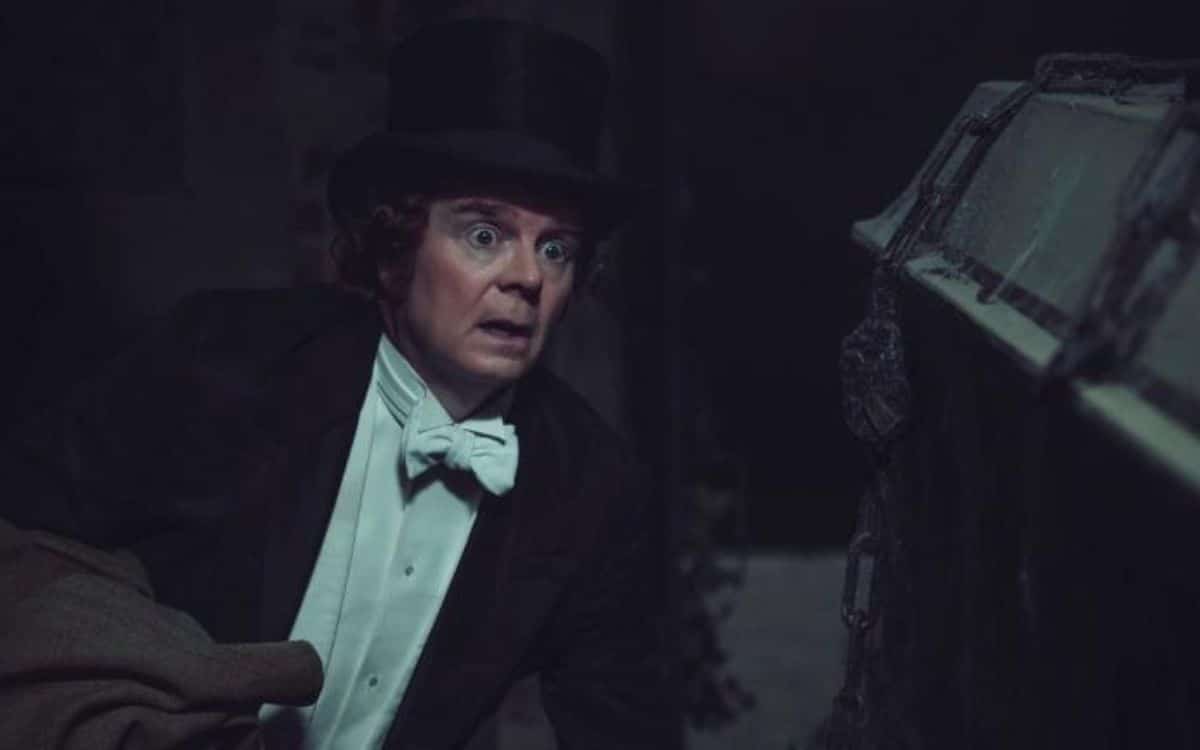

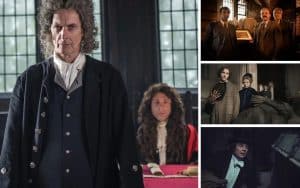
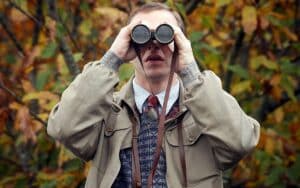
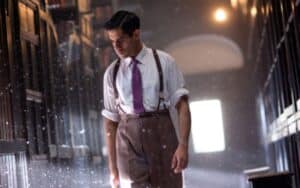
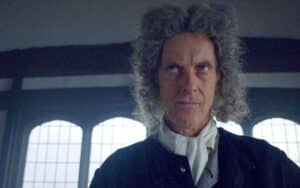

Personally I thought MGs adaption of Count Magnus was a bit of a let down. As a keen James fan it lacked the insidious sense of escalating doom of one of the writers best tales. Shame I expected better.
I really enjoyed Count Magnus and had no problem with the inevitable changes that come with adapting literary ghost stories. I agree that this is Mark’s best yet. The section involving the innkeeper’s narration was masterfully handled. I’m inclined to think that in years to come, Mark’s ghost stories will be as highly regarded as Lawrence Gordon-Clarke’s beloved 1970s strand.
I really liked this adaptation. I thought the innkeeper’s tale was particularly good; very true to the original and convincingly delivered.